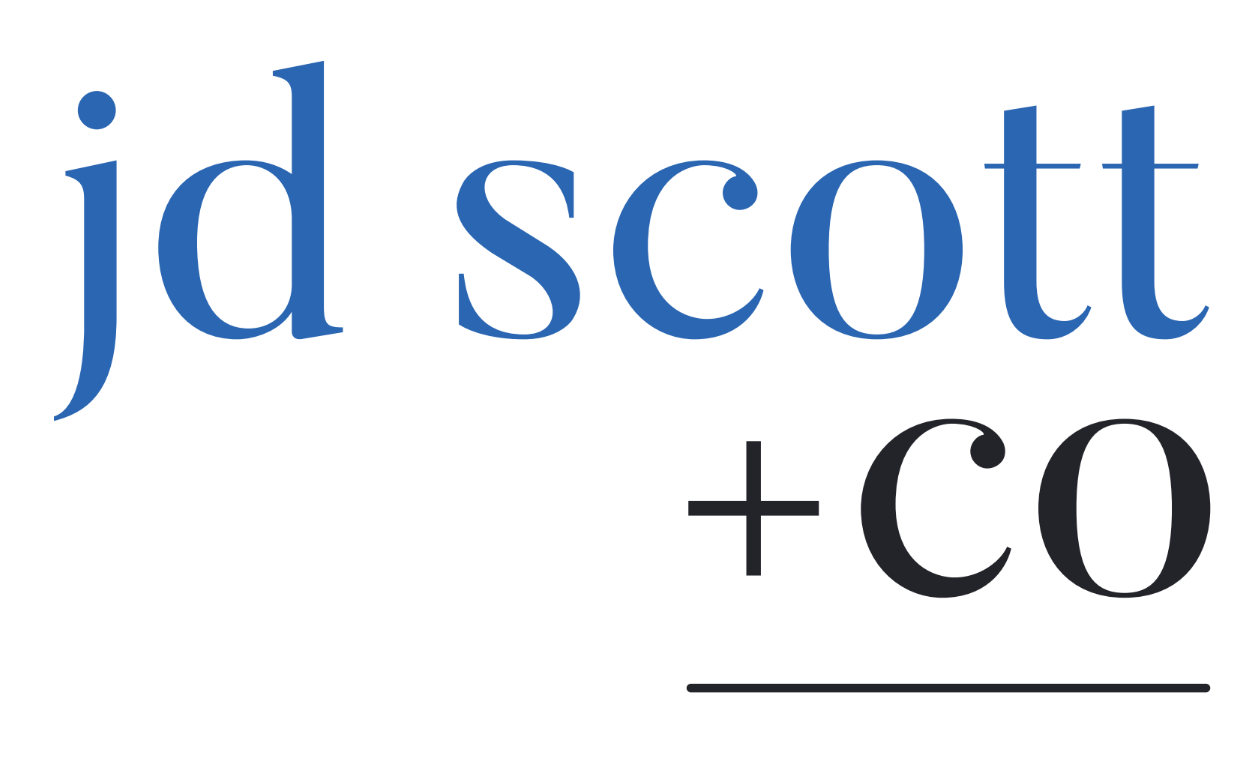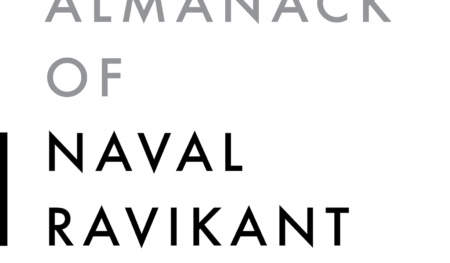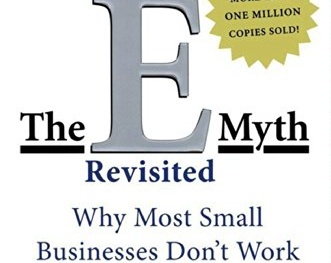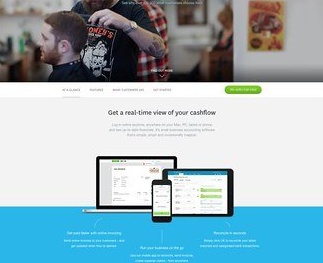As a business owner, your time is valuable.
Your working hours will typically be split between building your business (working on) and serving your customers (working in). The more efficient you become at the IN, the more money you’ll make that can be spent ON growth. The key to being profitable is having profitable clients. Sounds simple, right? But many businesses seek to grow revenue simply for the sake of revenue growth and they forget about whether those clients are profitable. So, how do we measure profitability in the service sector like recruitment? We’ve built a useful little tool to help you calculate how profitable a client is.
Client Lifetime value: Inputs
In professional services, there are a few key factors that determine how much revenue you can generate and how profitable your business can be. But the one limiting factor to profitable growth is the amount of capacity you have to deliver for your clients. It doesn’t matter whether you’re an accounting firm, a law practice, a marketing agency or a recruitment business, ultimately how much you charge for every unit of labour determines how profitable you are. You can always charge more per hour or become more efficient through the use of technology or outsourcing etc. but we want to focus on less obvious methods here.
Professional services are different from other types of businesses, as the product you are selling is the personal knowledge skills and personality involved (yes, being personable is important, no one likes a grumpy lawyer/recruiter/accountant. This is different to Canva, our favourite Aussie female-led tech icon that sells a product. Canva can sell this product that they can copy 60 million or more times over (platform subscribers every month). They invest heavily upfront in personal knowledge, skills and personality, make large losses and develop their product. The goal is then to sell, as they have, and hopefully, recoup that loss over time. This is why people get muddled when thinking about profitability in professional services because they are so often using shiny product-based success stories as models. It’s time to start seeing apples as apples.
As a professional services business, you are limited your staff hours and how efficient your tech and systems. This directly impacts your client capacity. Yes, you may have staff to complete work for you and use technology to automate large parts of your business, but ultimately one person can only talk to one client, write one report or send one email at a time. This is your capacity. Monitoring how you use time is common practice in most personal services businesses, usually, it’s a bit of a ‘guesstimation’ that quickly gets logged in a time tracker app when there’s a moment of calm. This is where the disconnect usually occurs between the IN and the ON we referred to earlier. This begs the question:
How do we optimise the profitability of client journeys?
Our tool allows you to calculate how much each client makes you in terms of profit, based on how much time is spent winning and delivering for that client. You might be surprised – the client with the largest revenue may not be the most profitable.
Enter the JD Scott + Co Client Value Calculator tool
Our ‘calculator tool’ (which is just a humble Excel workbook) helps you calculate how much you make from each client over the lifetime of their relationship with your business. The goal of this free tool is to offer access to the kind of thinking we do for people on a daily basis as a starting point for increasing per client profitability.
How does the Calculator work?
The Client Value Calculator tool works by doing some clever pre-programmed adding up. It is separated into four sections as outlined below and spits out a final number (Section D) that tells you the profit you will make from the client scenario you’ve fed into the tool.
Section A) How much your time is worth?
We use an hourly rate for this, as in most professional service organisations it is time that is the limiting factor in growing your business. In most cases, you generate more profit by increasing your capacity to bring in revenue and/or charging more for that capacity. You increase capacity by getting more bums on seats and by optimising the efficiency of said seated bums.
The market will always put a ceiling on what you can charge. That said, you can increase the amount you charge by offering higher-value services and/or adding perceived value to your business image. Then there’s efficiency. Even the best-trained staff, working with highly efficient processes, can only deal with a certain number of transactions per year. Therefore, your profit limiting factor is how much capacity (people) you have. The calculator will help you here by allowing you to adjust your hourly rate, maybe you aspire to up your hourly rate?
Section B) How much did your effort winning and keeping the client cost?
The amount of time spent obtaining contracts with clients, screening candidates and delivering services reflects how productive you are. Technology helps here, like our calculator tool. Any increase in efficiency in the journey from lead to a sale releases capacity back into your business, capacity becomes profit. A good CRM system is worth its weight, such as HubSpot or Monday. We like how HubSpot allows you to track the amount of time spent on calls or in meetings and puts this data into forecasting lead profitability.
Section C) How much revenue does the contract generate?
Simply enter in how much you will make from the contract.
Section D) How much profit did you make?
The first thing you’ll understand from the tool is profit potential. That is, how much revenue you generate, less how much it costs to win and service. The higher this number is in our calculator, the more you have profited, simple. Have a play with rates and time in the earlier sections of the tool to identify areas of inefficiency. The second learning from the tool is leveraged profit. This is a measure of how much you are gaining by working IN the business, rather than ON the business. Keeping in mind, the one thing you can’t leverage is your own time (unless your business is time machines, of course). This calculator assumes that you leverage people – that is, you get the staff to work for you to generate the results.
Understanding the results
Leverage profit over $1,000 per hour shows you are starting to make some good money. Below $250 per hour means you’re working hard for not a lot of reward. This is one of the main areas of advisory that clients come to us with, if you’d like to have a quick chat about how you can leverage your time to release capacity and improve profits, give us a call.
Client Value Calculator tool click here














